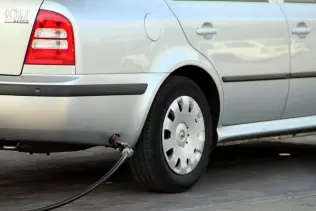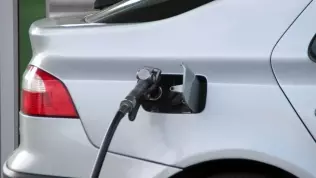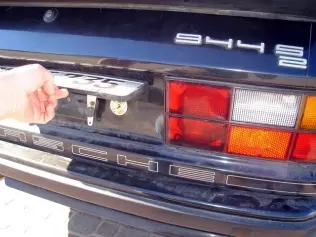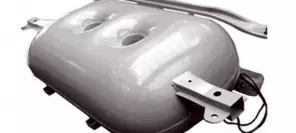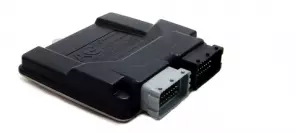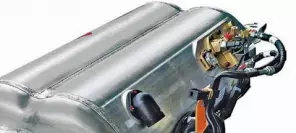- Main page
- Search
- Up to date
- Products
- Technology
- Vehicles
- Video
- Conversion Payback Simulator
Port Injection - Conversion Payback Simulator
Direct Injection - Conversion Payback Simulator
Diesel - Newsletter
As you install, so you shall refill
 loading results...
loading results...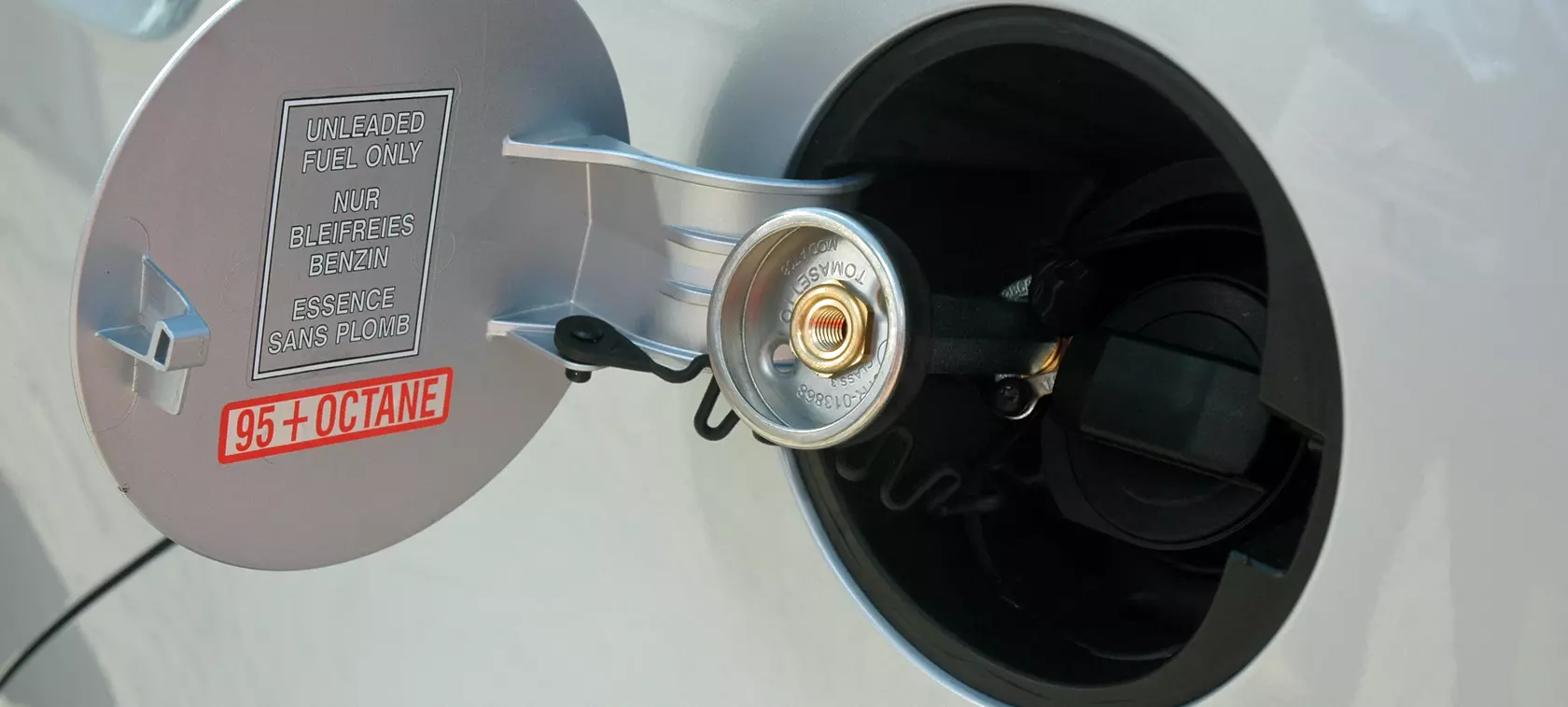 © gazeo.com
© gazeo.com 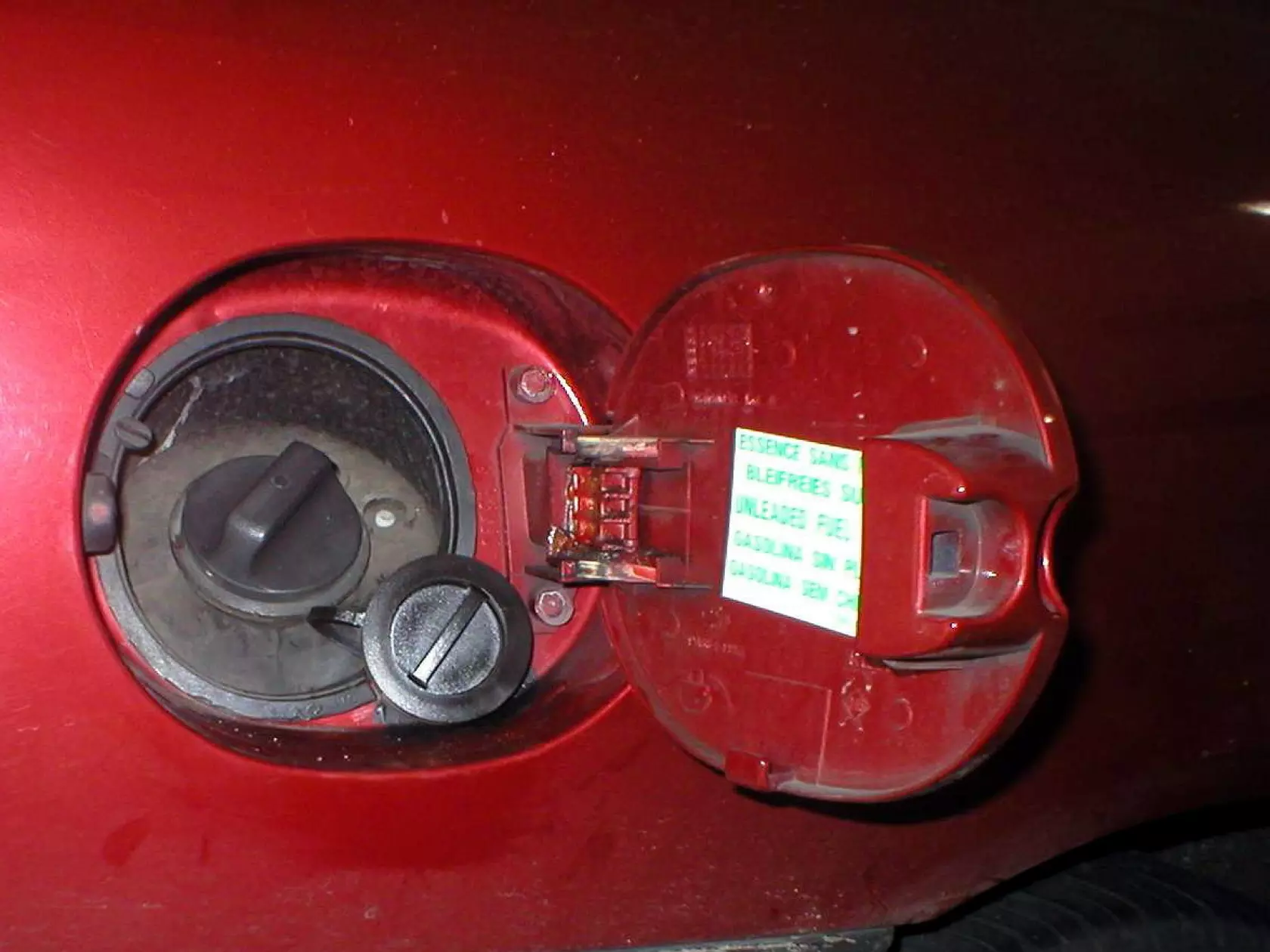 A full (with no adapter required) LPG refueling valve mounted under the petrol flap
A full (with no adapter required) LPG refueling valve mounted under the petrol flap  An LPG filling valve mounted on the tow hook
An LPG filling valve mounted on the tow hook 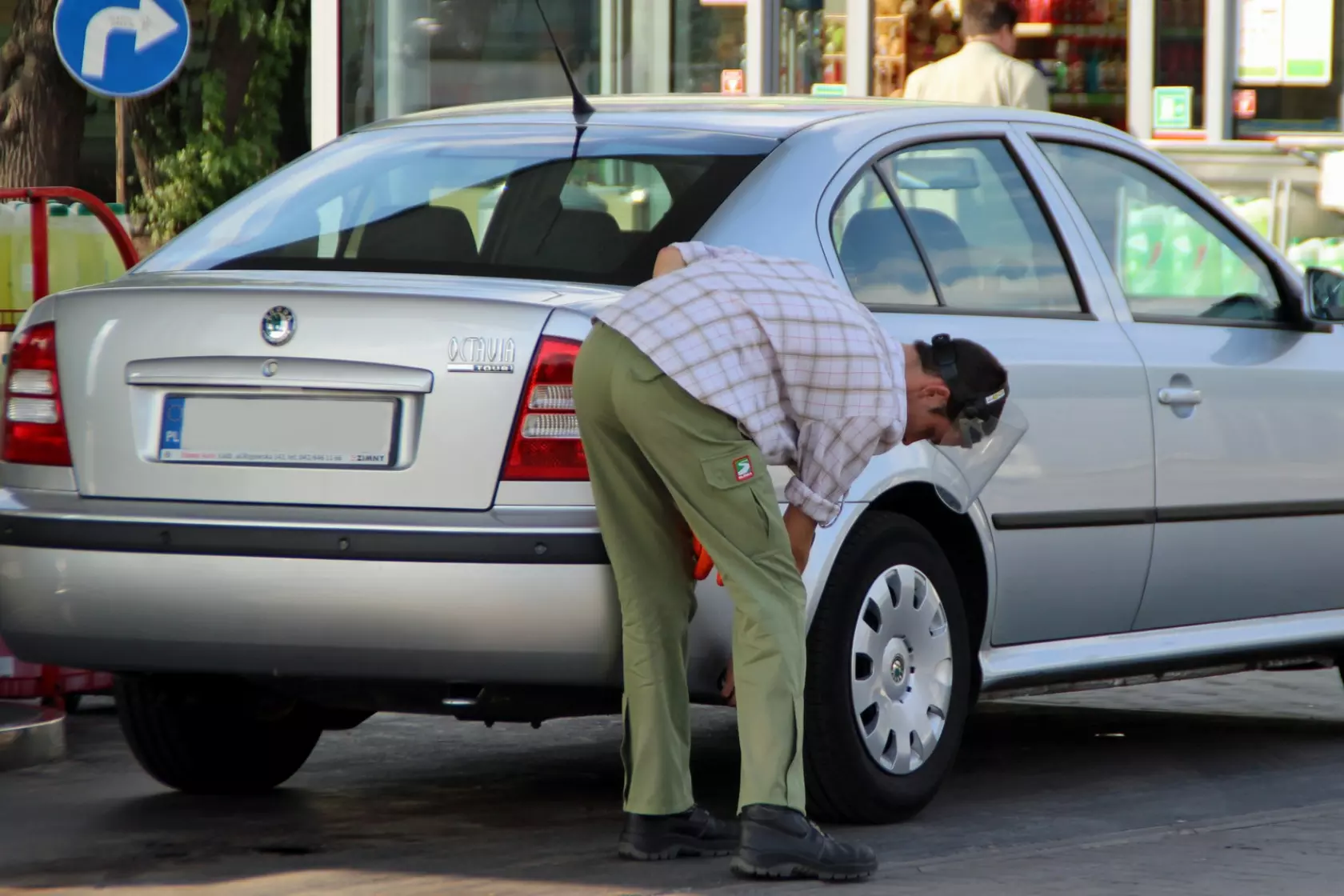 LPG filling valves mounted in bumpers or suspended on brackets are located fairly low
LPG filling valves mounted in bumpers or suspended on brackets are located fairly low 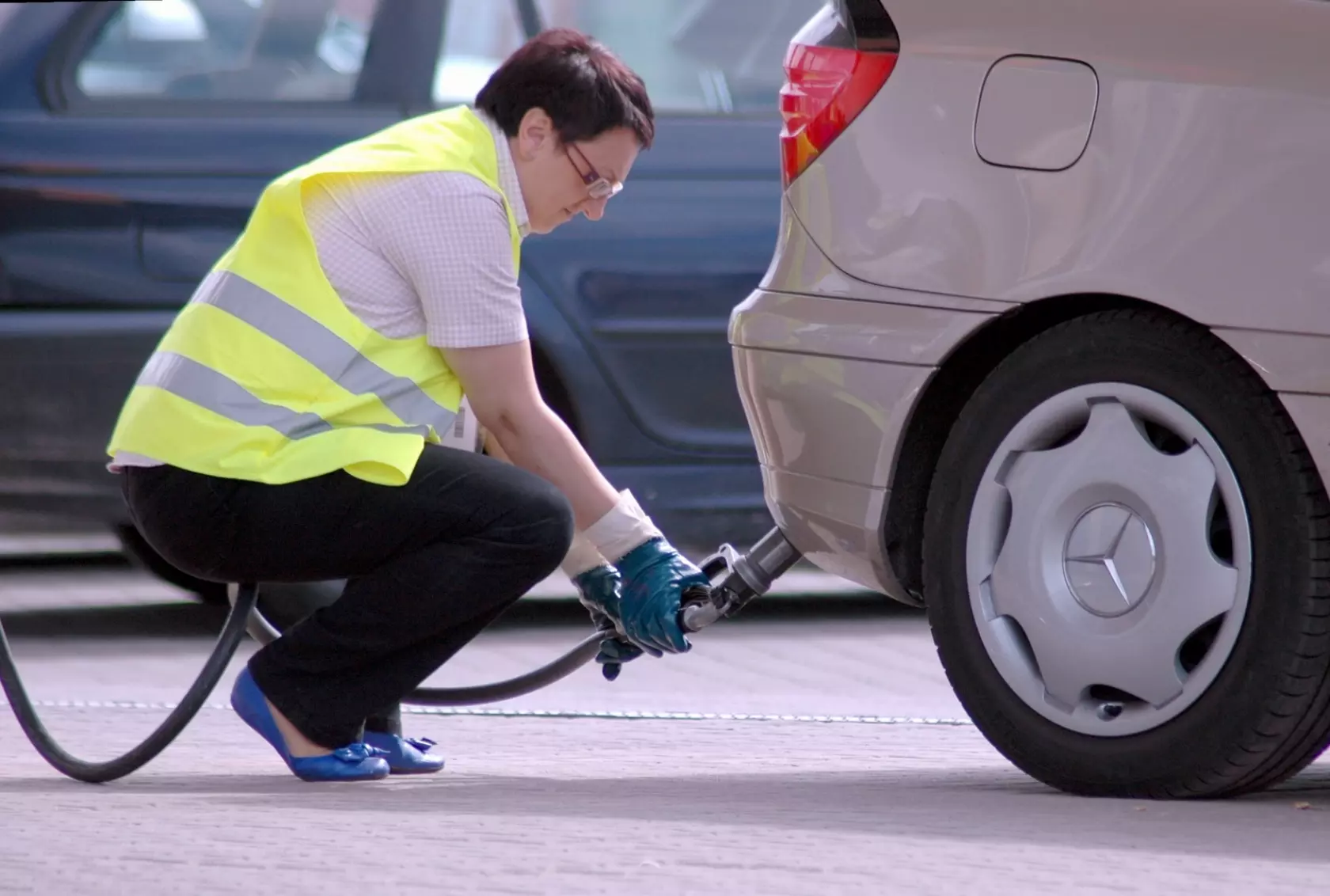 An LPG filling valve mounted downwards in a bumper. Is it easy to insert the nozzle? Probably a matter of practice, but how much can you practice on somebody else's car?
An LPG filling valve mounted downwards in a bumper. Is it easy to insert the nozzle? Probably a matter of practice, but how much can you practice on somebody else's car? 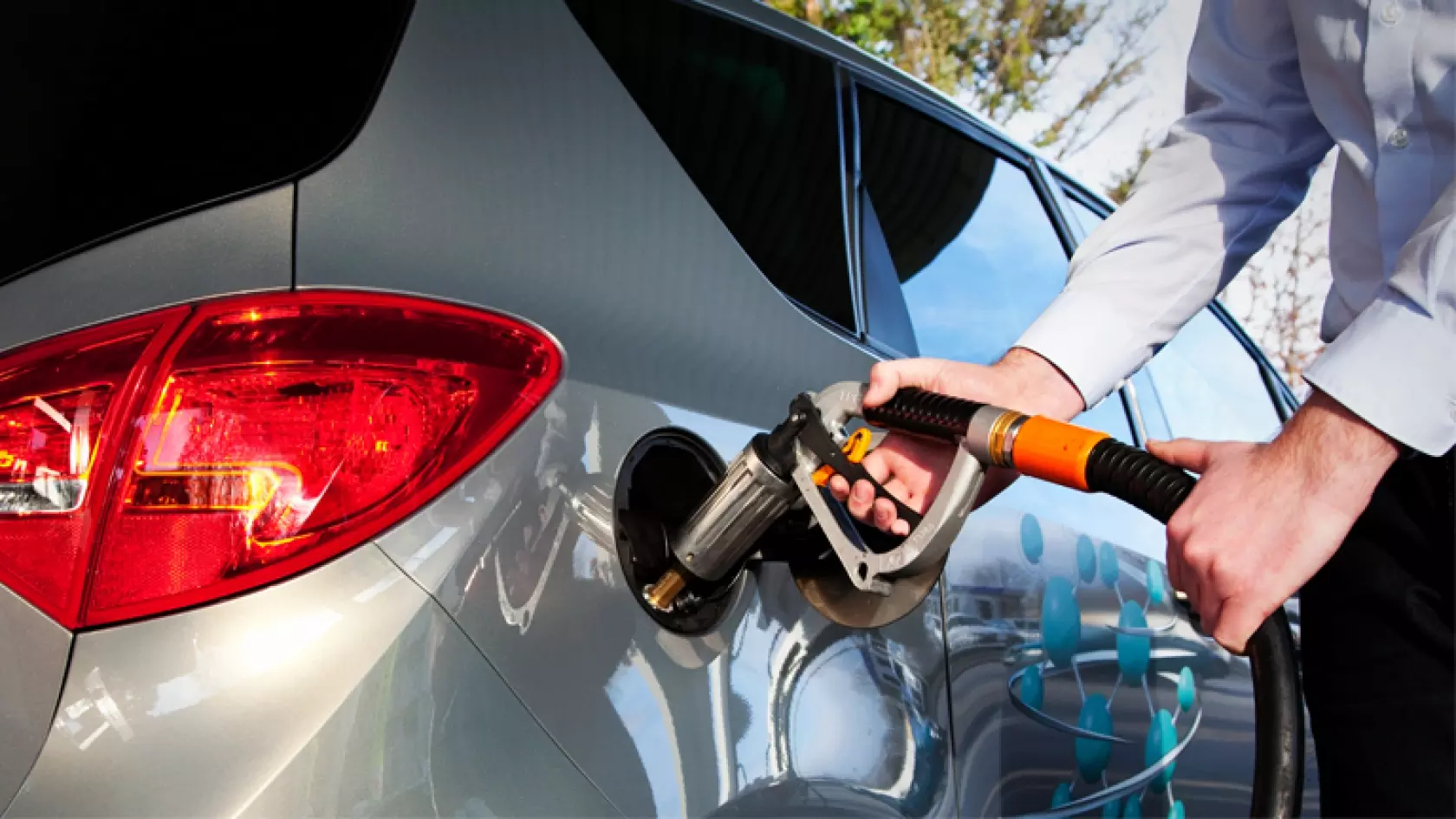 It’s surely a lot easier this way
It’s surely a lot easier this way 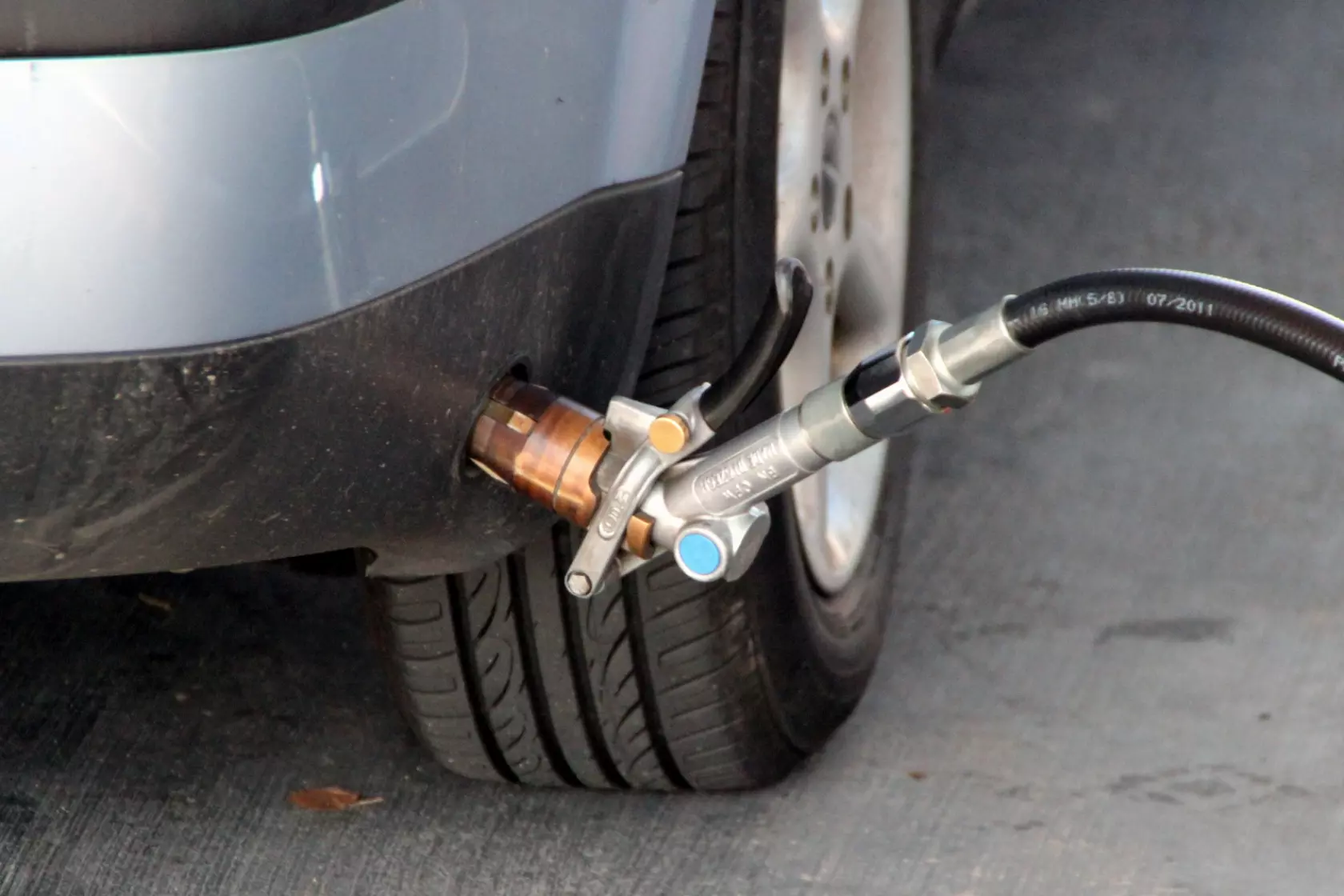 An LPG filling valve with a black cap mounted in the black part of the bumper is not so visible
An LPG filling valve with a black cap mounted in the black part of the bumper is not so visible 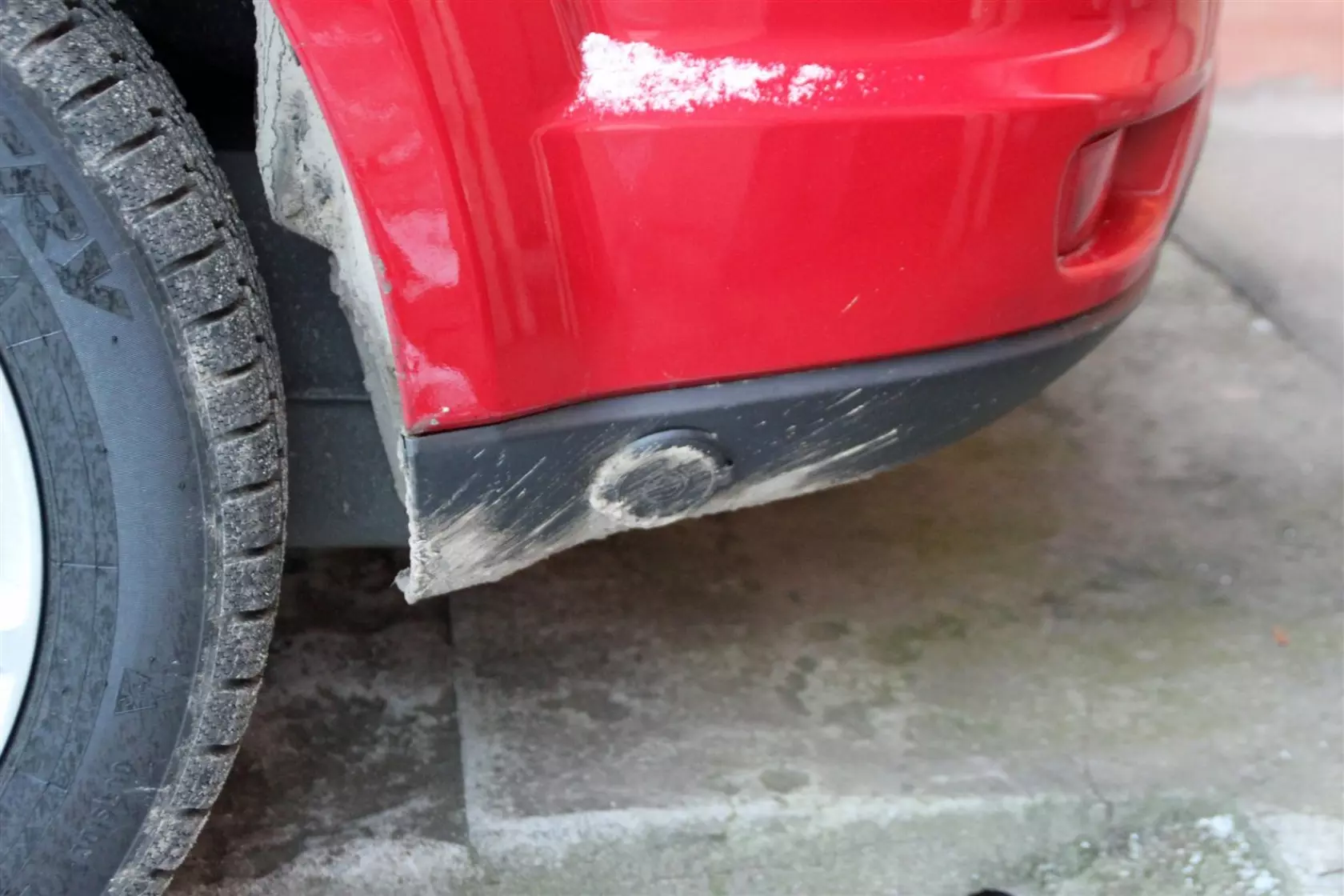 An LPG filler mounted in the bumper may be subjected to a lot of dirt
An LPG filler mounted in the bumper may be subjected to a lot of dirt  LPG valves under the petrol flap cap often require using adapters due to limited space. The adapter must be screwed in each time you need to refill the tank
LPG valves under the petrol flap cap often require using adapters due to limited space. The adapter must be screwed in each time you need to refill the tank  An LPG filling tank in the bumper, but not its usual part
An LPG filling tank in the bumper, but not its usual part  A filling valve hidden under the door sill in a Ford F-150
A filling valve hidden under the door sill in a Ford F-150 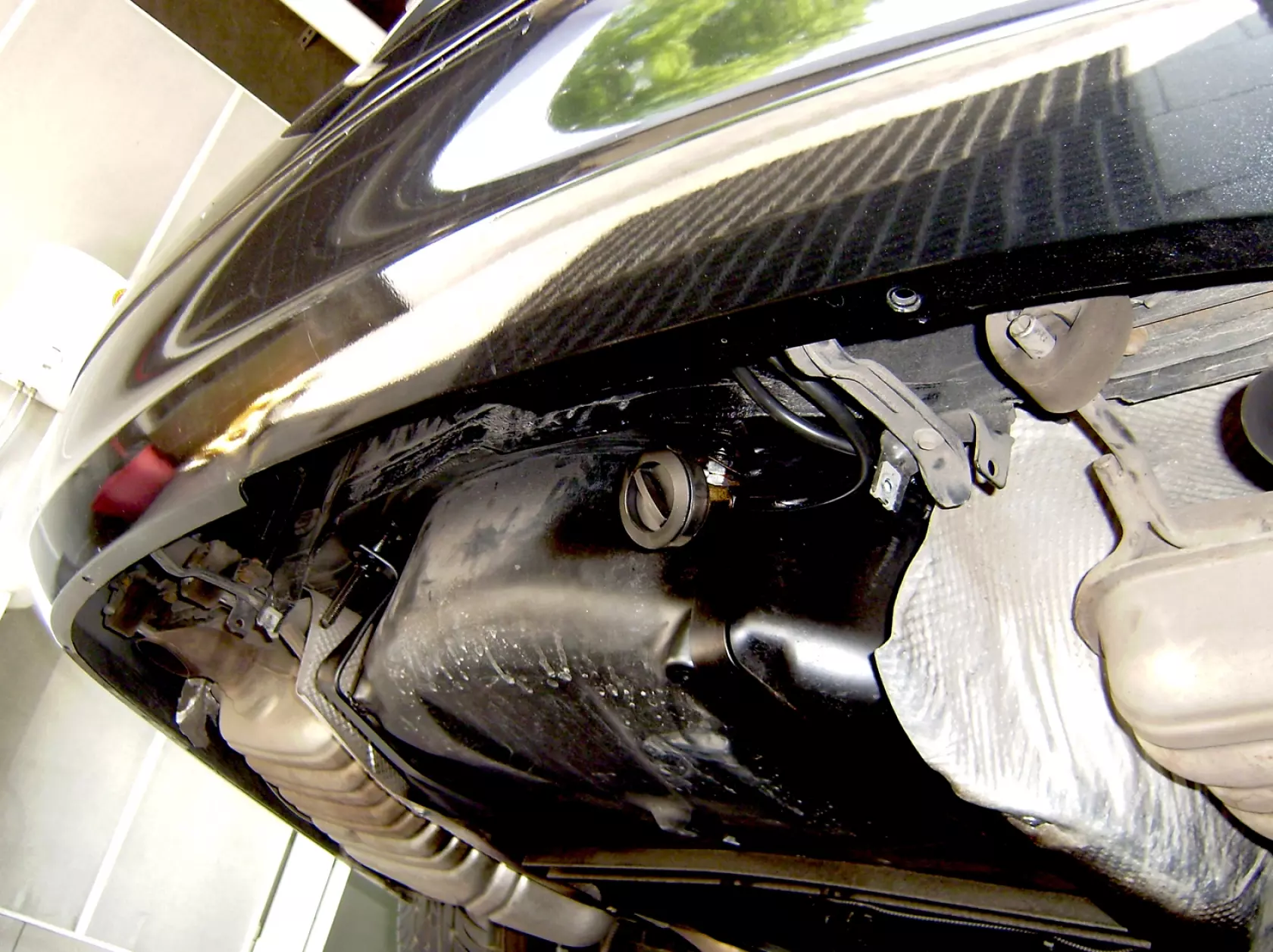 A filling valve suspended on a bracket in a Mercedes S-Class
A filling valve suspended on a bracket in a Mercedes S-Class 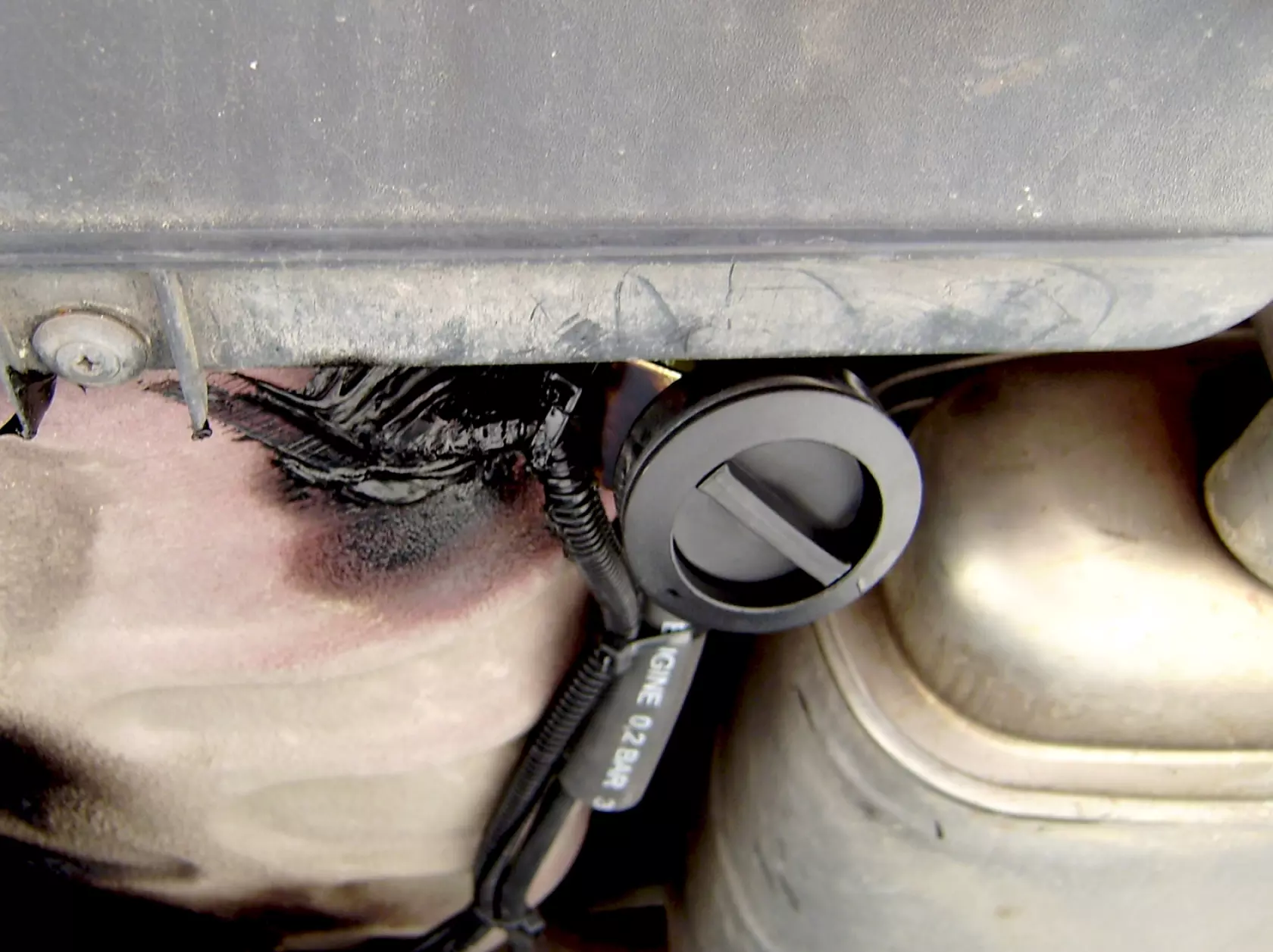 A filling valve placed on a bracket in a Jaguar X-Type, under the bumper, facing vertically downwards. Is it easy to refuel with LPG with a valve placed like that? Not really
A filling valve placed on a bracket in a Jaguar X-Type, under the bumper, facing vertically downwards. Is it easy to refuel with LPG with a valve placed like that? Not really 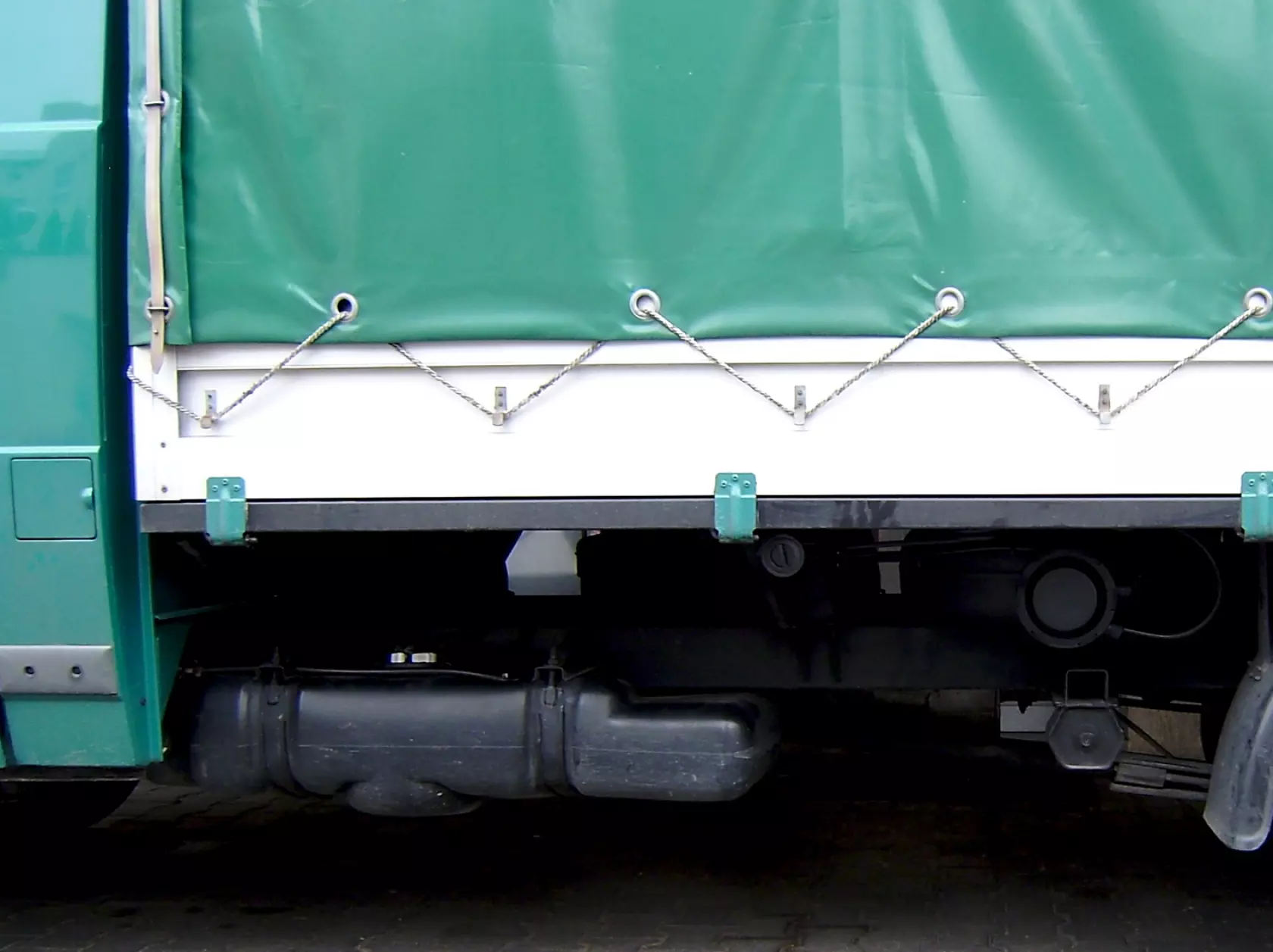 An LPG filling valve under the pickup bed in a Lublin light-duty truck
An LPG filling valve under the pickup bed in a Lublin light-duty truck 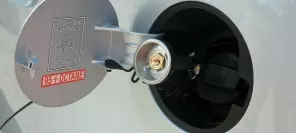













Now that self-service has been introduced at autogas stations in Poland, hiding refueling valves might cause some problems. Right now it’s usually still the station’s employee who has to work hard to insert the LPG nozzle into the “artfully” fitted cap, so this problem has not been widely noticed yet.
And there are many possibilities to mount the refueling valve so that it doesn’t make the process of refueling any harder. Some choose suspended valves or valves mounted in the bumper, others prefer to have the valve under the petrol filler flap.
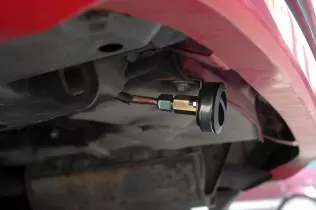 © gazeo.comA suspended filling valve placed on a bracket is the easiest and least intrusive solution
© gazeo.comA suspended filling valve placed on a bracket is the easiest and least intrusive solutionValve on a bracket
In the early days of autogas in Poland, it was popular to have valves suspended under the bumper using a specially shaped bracket. This solution – though the least aesthetic (the whole valve is visible, as well as some parts of the LPG feed line) – was quite convenient from the point of view of the refueling person, because the valve was usually located in an easily accessible place. The disadvantage was that the valve was placed quite low, usually under the bumper, which sometimes led to some damage.
The suspended valve is mounted quickly and almost noninvasively for the car. This way of mounting the valve also gives you the ability to mount it virtually anywhere you’d like. That’s why the suspended refueling valve is nowadays used mostly when the driver wants to hide the fact that a car is powered by gas. Usually the driver wants the valve hidden in the chassis, deep beneath the bumper, which makes inserting the fuel nozzle especially difficult and time-consuming, and usually involves kneeling by the car.
Valve in the bumper
Many elements in modern cars are made of plastic. Large, low-suspended and body-colored bumpers are now standard. In this case, mounting a valve on a metal bracket is the worst possible way from a practical point of view, as mounting it to plastic won’t be sufficiently strong, and the low-mounted valve will be subjected to damage caused, for example, by a high curb.
Mounting the valve directly in the plastic bumper is the most practical solution. Functional reasons also support this way of mounting the valve. Having the filler built into the bumper (in its lower side) usually doesn’t involve that much work, which will certainly be appreciated by the installer. And the driver will have easy access to the valve.
Still, some drivers might not be comfortable with this solution, because the filler will be exposed, especially with non-black bumpers, as the filler housing and filler plugs that protect valves are usually black. Some drivers decide to paint the plugs according to the color of their car’s body, but over some time one could easily see that the plugs are scratched and the whole thing begins to look unsightly.
Together with the petrol filler
Placing the refueling valve under the petrol filler flap is not always possible. Sometimes there’s not even enough space for the regular valve. In this case, special extended valves are mounted, consisting of the part mounted in the car and a special tightened adapter that allows inserting the fuel nozzle. This makes the valve invisible from the outside, which will surely please those who still consider it to be the valve of shame. This solution is more user-friendly, as petrol fillers are usually placed relatively high.
But it’s also the most time-consuming solution and, apart from interfering with the car’s body, it also requires ventilation for connectors on the filling line, as it usually goes from closed spaces of the car’s body. To ensure there’s some ventilation, the line is placed in a ventilation tube. This way any gas that leaks through possible leakages on the filling valve is removed towards underneath the car. But there are cars where ventilation cannot be made, which makes mounting the valve under the petrol filler flap impossible.
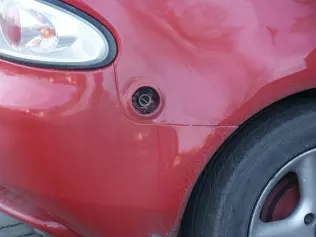 © gazeo.comWhen you see an LPG filling valve mounted this way, you can bet nuts against dollars that the car comes from the Netherlands
© gazeo.comWhen you see an LPG filling valve mounted this way, you can bet nuts against dollars that the car comes from the NetherlandsIn the fender
Sometimes one can see LPG valves mounted in the rear fender. This solution is widely used in cars imported from the Dutch market and surely stems from the convenience of inserting the nozzle during refueling. Mounting such a filler requires placing it in a steel part of the body and inserting a gas line linked with the tank, which – as with valves mounted under the filler flap – means that ventilation must be provided for the line.
Other locations
Human ingenuity knows no bounds, so there are many places in which installers mount filling valves.
One way to minimize drilling holes in the bumper is assembling the valve to the towing hook. Some decide to have the filling valve mounted in the plastic door sill. In such case, the gas filler is located in front of the rear wheel. Even more clever is hiding the valve under a hinged license plate, but this involves providing a lifting mechanism.
One of the most unusual solutions is mounting an extended filling valve (that requires an LPG adapter) in the space under the boot lid, between the seal and the edge of the fender in sedans. This location forces the driver to lift the boot lid every time he or she refuels, even in bad weather, and is against the law that says the filling valve must be placed in a way that allows to refuel with LPG from outside the car or from the engine bay. Similarly against Polish law is mounting the filling valve in the boot. It can often be seen in old Russian cars.
So, if you plan on installing a gas system in your car and you wonder where the best place to have the filling valve would be, take into account the fact that in Poland – as in some other countries – there’s self-service on some LPG stations. In other words: as you install, so you shall refill.
